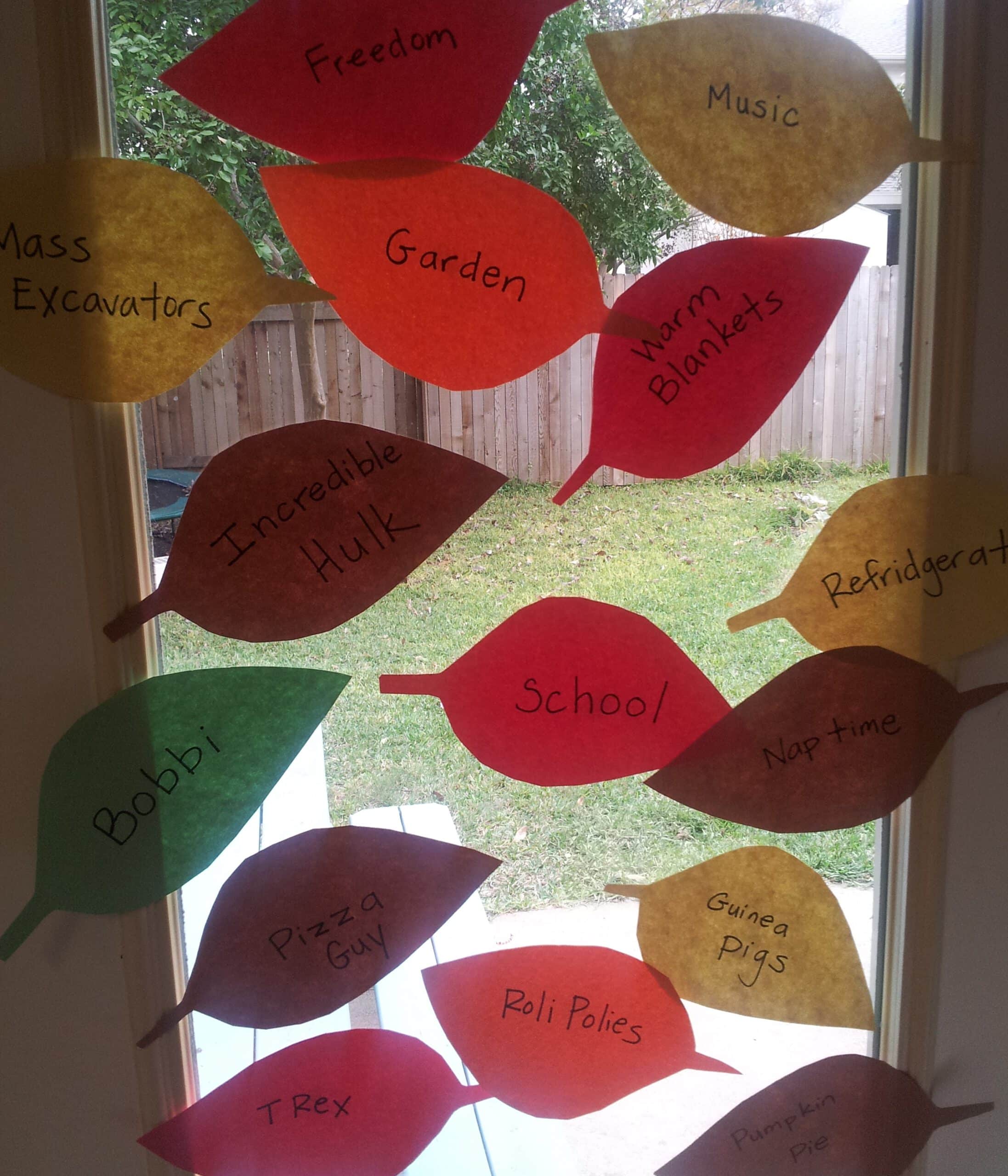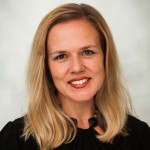
The book begins with a story about Jack, a fifth grader at Santa Rita Elementary School who started the 2010-11 school year at the bottom of his math class. He struggled to keep up and considered himself one of those kids who would just never quite “get it.” In a typical school, he would have been tracked and placed in the bottom math group. That would have meant that he would not have taken algebra until high school, which would have limited his college options.
But Santa Rita Elementary took a different tact. The school placed Jack in a blended environment. After 70 days of using Khan Academy for part of his math time, Jack rose to become one of the top four students in his class. He was working on material well above grade level. Well-constructed blended learning can give students a second chance to find their genius. I’m grateful for that.
Another story tells of Keitha Jones, a seventeen year old from Roseland on Chicago’s South Side, one of the worst-off neighborhoods in the city by just about any measure. Former New York Times writer Paul Tough first wrote about Keitha in his important book How Children Succeed. He explained that Keitha’s mother was a crack addict; her father, who lived a few blocks away, had fathered at least 19 children in the neighborhood; and Keitha was the victim of repeated physical abuse.
Things turned around for Keitha when Lanita Reed, a 31-year-old Roseland resident who owned the Gifted Hanz beauty salon, took her on as her mentor. Ultimately, Reed helped Keitha change her outlook on life at the advanced age of 17, when many people think a child is beyond hope. The sad truth is that an increasing number of children need this kind of wraparound advocacy and intensive mentoring. I’m grateful that many schools are designing that into the heart of their blended programs and 21st-century teacher roles.
I’m also grateful for the book’s collection of stories about blended-learning blunders, failures, and false starts. Schools have invested over $100 billion in technology over the past few decades, and we don’t have enough progress to show for that. These are dollars that could have been used to improve children’s noisy, complicated lives, but sometimes instead only inserted a screen between the students and the learning experiences that really matter. Those stories needed to be told as well.
I hope that as adults, we can use others’ stories to inform our efforts and help more children find joy, positive connection, and success at school. That would be something for which we’d all give thanks.


